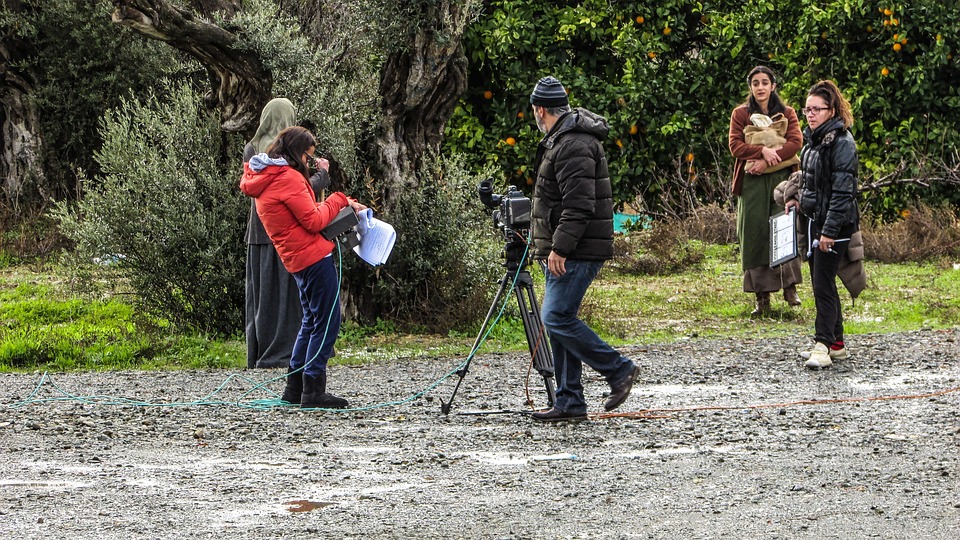The Art of Auteurship: Exploring the Role of the Film Director
Introduction
The role of the film director is one that is often overlooked in the world of cinema. While actors and producers may receive a significant amount of attention and praise, it is the director who is truly the driving force behind a film. The art of auteurship, or the concept of the director as the sole author of a film, has been a topic of debate for decades. In this article, we will explore the role of the film director and examine how they shape the creative vision of a film.
What is Auteurship?
The term “auteur” is a French word that translates to “author” in English. In the context of film, it refers to a director who is considered the primary creative force behind a movie. The auteur theory was first popularized by French film critic and director François Truffaut in the 1950s. According to Truffaut, a true filmmaker is one who maintains a consistent style and thematic approach across their body of work, making them the “author” of their films.
The Director’s Vision
One of the key responsibilities of a film director is to bring their unique vision to life on screen. This involves working closely with the screenwriter, cinematographer, actors, and other crew members to ensure that every aspect of the film aligns with their creative vision. The director must also make decisions about the visual style, pacing, and overall tone of the film, all of which contribute to the final product.
Creative Control
One of the defining characteristics of an auteur is their level of creative control over the filmmaking process. Unlike other members of the crew, the director is responsible for making the final decisions on every aspect of the film, from casting and set design to editing and post-production. This level of control allows the director to stamp their unique style and vision onto the film, making it a true reflection of their creative voice.
Authorship in Practice
There are many examples of directors who are considered auteurs in the world of cinema. Directors such as Martin Scorsese, Quentin Tarantino, and Christopher Nolan are known for their unique visual styles and thematic approaches. These directors often work with the same crew members and collaborators across multiple films, creating a consistent body of work that is instantly recognizable as their own.
Challenges of Auteurship
While being an auteur can offer creative freedom and control, it also comes with its own set of challenges. Directors who are considered auteurs may struggle to secure funding for their projects, as studios may be wary of investing in films with a strong creative vision that may not appeal to a mass audience. Additionally, the pressure to maintain a consistent style and approach across multiple films can be daunting, leading some directors to feel creatively stifled.
Conclusion
The role of the film director is a complex and multifaceted one. Auteurs are responsible for shaping the creative vision of a film and bringing it to life on screen. By maintaining a consistent style and thematic approach across their body of work, auteurs become the true authors of their films. While being an auteur comes with its own set of challenges, the rewards of creative freedom and the ability to leave a lasting artistic legacy make it a worthwhile pursuit for many directors.
